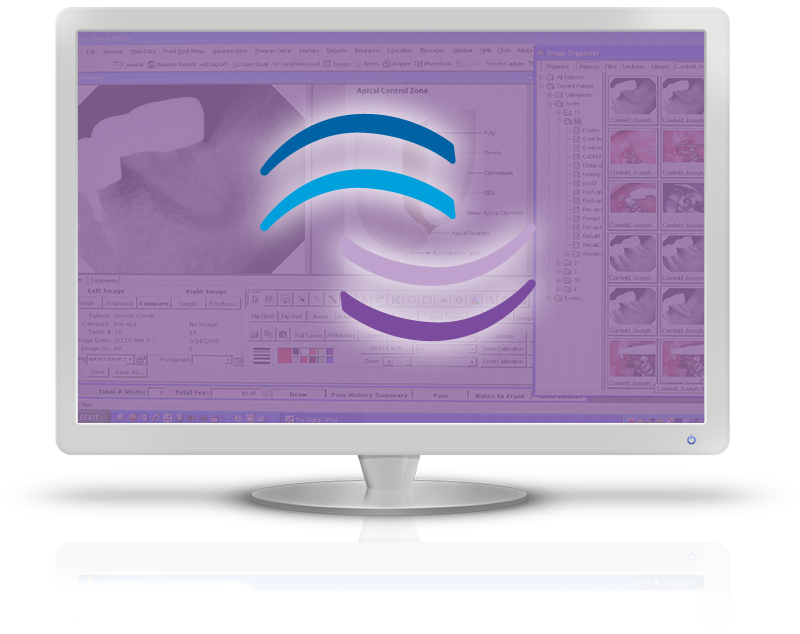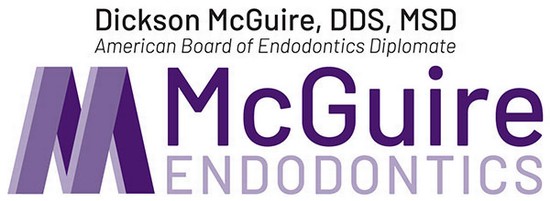Advanced Technology
OUR OFFICE USES ADVANCED TECHNOLOGY TO AID IN ACCURATE DIAGNOSIS, GENTLE AND EFFECTIVE TREATMENT, WHILE DELIVERING AN EXTRAORDINARY EXPERIENCE FOR PATIENTS.
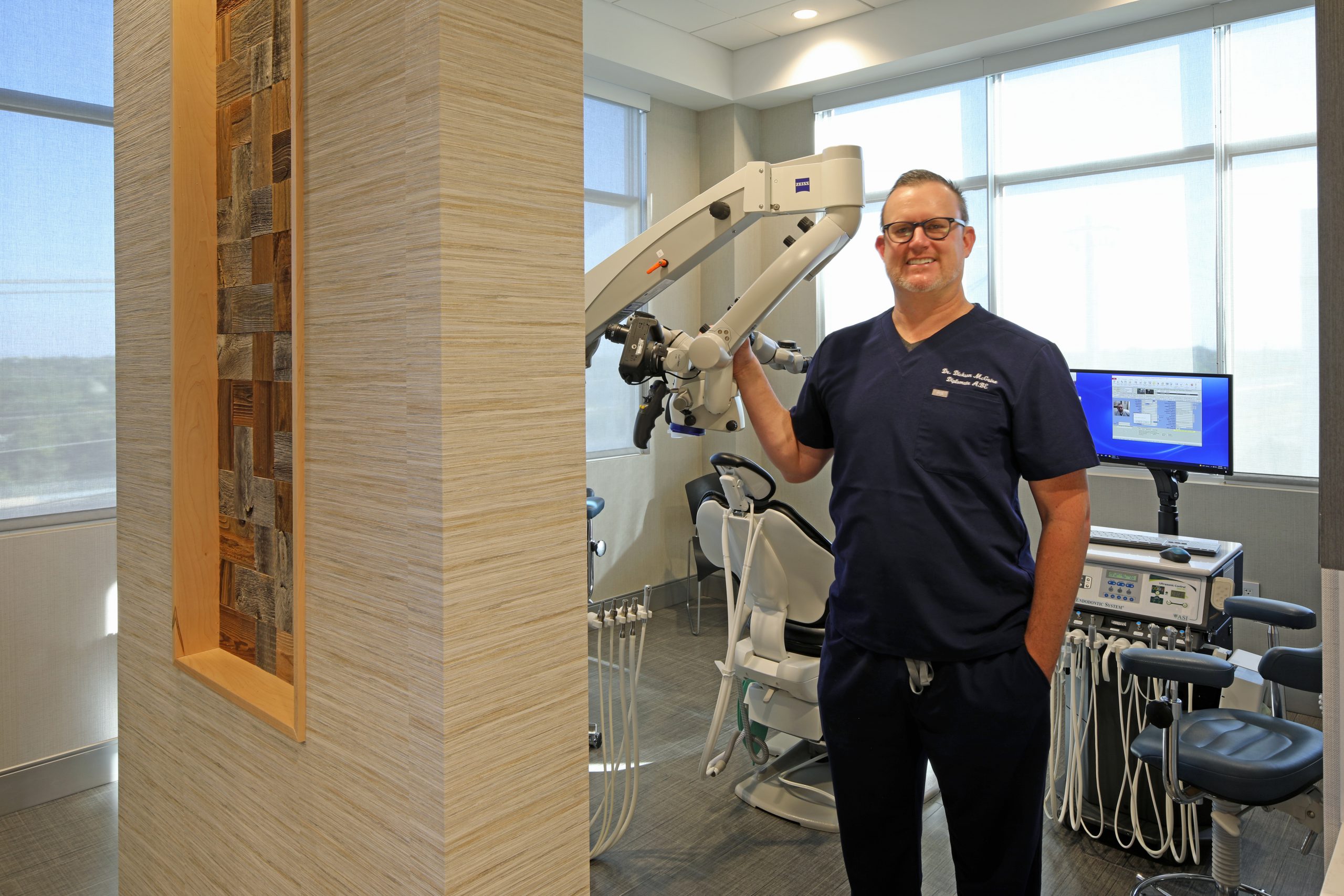
Surgical operating Microscope
The introduction of the surgical microscope has revolutionized the field of endodontic microsurgery. We have invested in the very best quality surgical microscopes that provide unparalleled magnification and illumination for our surgical procedures.
Our success depends on us being able to see the minutest of details — you cannot treat what you cannot see. In addition, we have incorporated the latest high-definition video allowing us to record our procedures with unequaled clarity and detail.
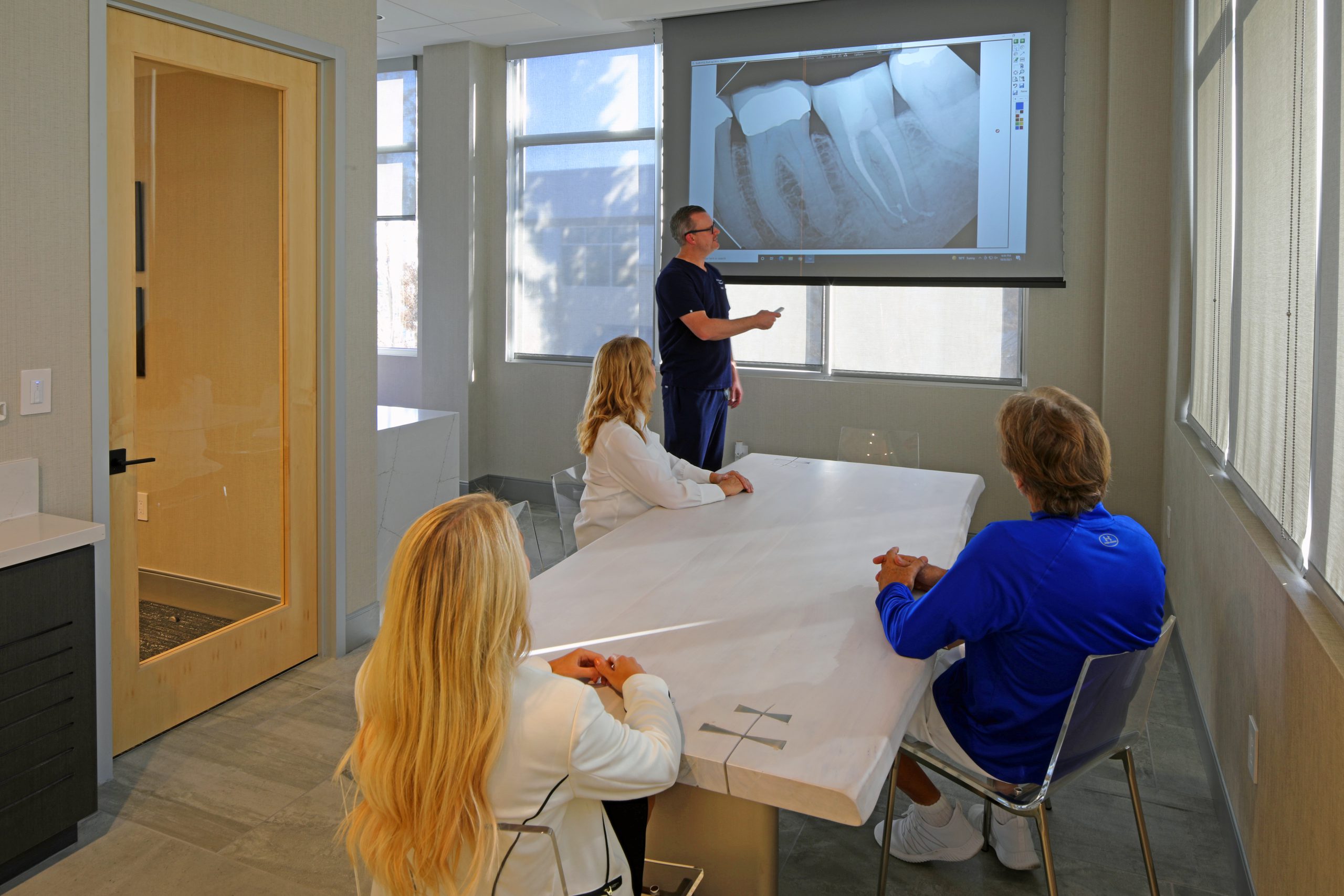
J Morita Cone-beam computed tomography (CBCT)
Our new Veraview X800 has outstanding image quality for panoramic, 3D, and cephalometric images ensures a precise and reliable diagnosis even in the most demanding cases. The Veraview X800 has extremely high resolution of more than 2.5 LP/mm at 10% MTF and a voxel size of 80 μm show even the smallest details. In addition, a wide range of innovative functions, e.g. to avoid artifacts or for automatic image optimization (based on real data), provide the greatest possible reliability in treatment planning.
Veraview X800 also sets new standards with respect to the ALARA principle. Related features include 11 exposure fields, automatic "Dose Reduction Function," and the child setting. These features help to achieve the lowest radiation dose possible while maintaining exceptional image quality.
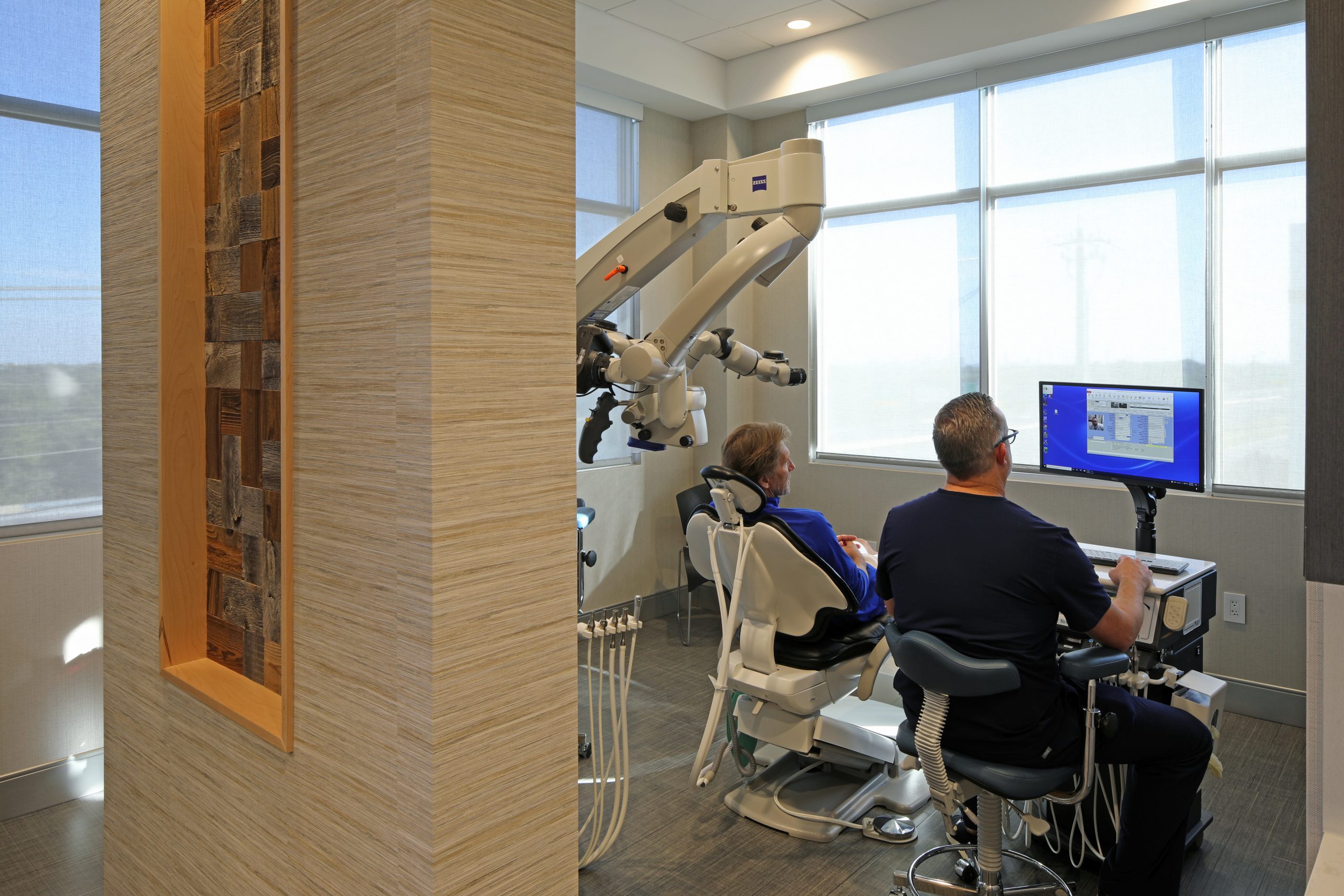
Digital Radiography
Digital radiographs are safer, faster, and diagnostically more useful in endodontics than conventional film x-rays. There is up to 80% reduction in radiation, compared to traditional film technology. Patient comfort is greatly increased by utilizing sleek and small, rounded, and beveled sensors. The resulting images are digital, allowing computer enhancement, enlargement, and evaluation, which greatly improve diagnostic and communication capabilities.
